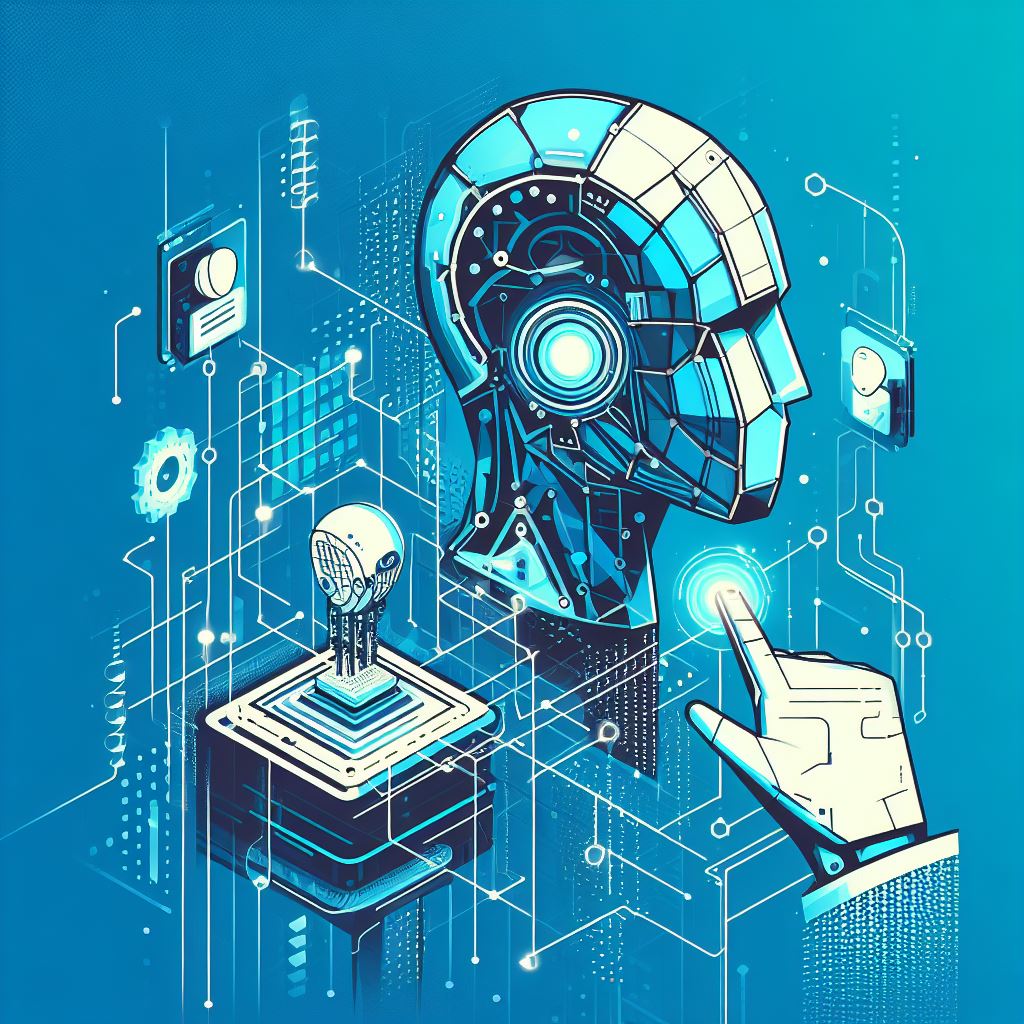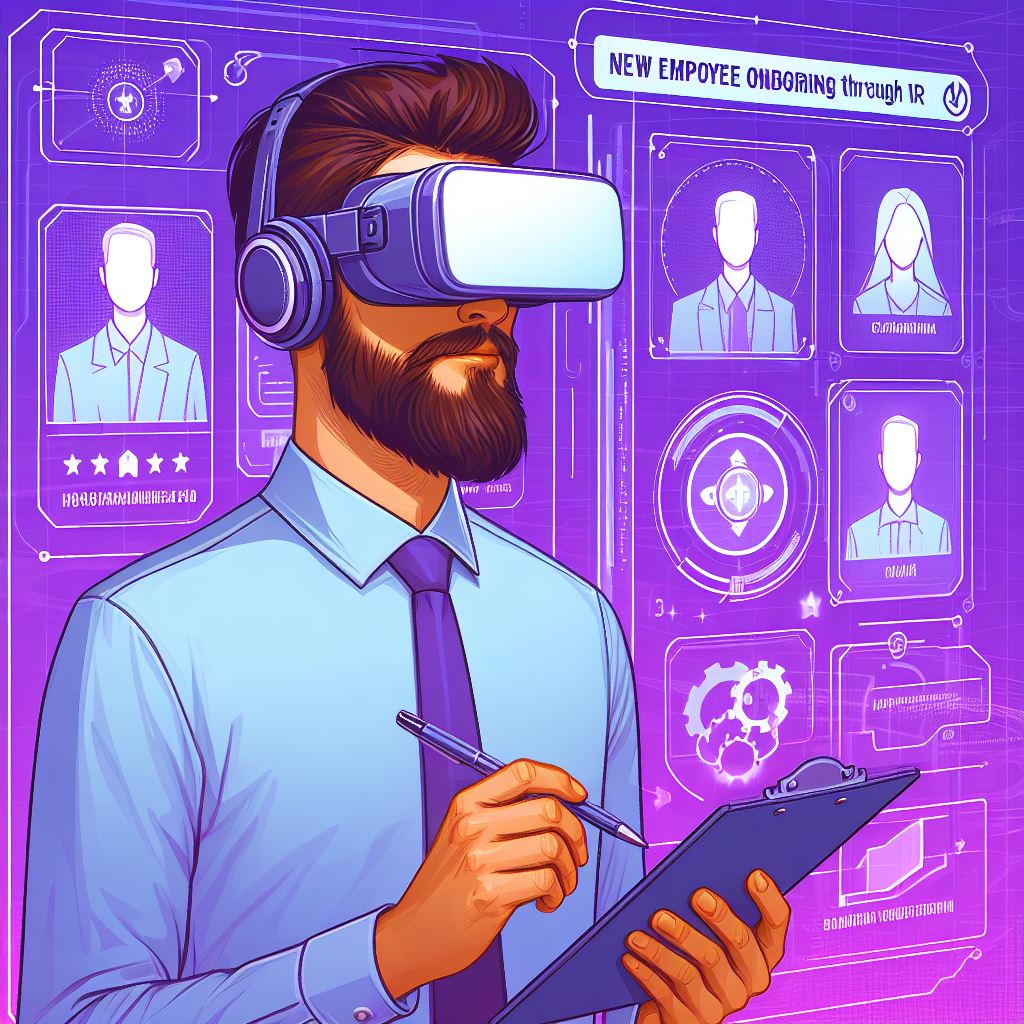Digital Dawn: Revolutionizing the First Steps with Employee Onboarding Technology
In the digital age, the first impressions an organization makes on its new hires are no longer limited to face-to-face interactions. The introduction of ‘Employee Onboarding Technology’ has transformed the initial steps of an employee’s journey. That ensures a seamless, efficient, and memorable start. Amidst the evolving dynamics of modern workplaces, Employee Onboarding Management stands out as a pivotal cornerstone. Shaping the employee’s journey and ensuring organizational success.
Understanding Employee Onboarding Technology
Employee onboarding technology is a suite of digital tools designed to streamline and enhance the process of integrating new hires into an organization. From digital paperwork to virtual orientations, this technology ensures that the onboarding process is efficient, consistent, and engaging.
Key Components of Employee Onboarding Technology
Digital Documentation:
Gone are the days of stacks of paperwork. Digital platforms allow new hires to fill out and submit all necessary documents online, ensuring accuracy and ease.
Virtual Training Modules:
Interactive training sessions can be conducted online, allowing employees to learn at their own pace and ensuring consistent training for all.
Feedback and Assessment Tools:
Digital quizzes and feedback forms can gauge the effectiveness of the training. As well as gather insights on the new hire’s experience.
Integration with HRMS:
Onboarding technology can seamlessly integrate with Human Resource Management Systems, ensuring that all employee data is consistent and up-to-date.
Interactive Portals:
New hires can access portals that provide a wealth of information, from organizational charts to company culture videos, ensuring they feel connected and informed. A survey by Kronos revealed that nearly 60% of HR leaders believe the goal of onboarding is to assimilate employees into the organization’s culture. However, only 30% of these HR executives actually incorporate culture into their onboarding initiatives.

The Advantages of Embracing Onboarding Technology
Efficiency: Digital onboarding speeds up the process, ensuring that employees can quickly dive into their roles.
Consistency: Every new hire undergoes the same standardized process, ensuring fairness and uniformity.
Engagement: Interactive modules, videos, and quizzes make the onboarding process more engaging and memorable.
Reduced Errors: Digital documentation reduces the chances of errors in paperwork, ensuring compliance and accuracy.
Employee Onboarding Management: The Bigger Picture
According to Gallup, a mere 12% of employees firmly believe that their organization excels at onboarding newcomers.
While the technology is a game-changer. It’s essential to view it as a part of the broader ‘Employee Onboarding Management’ strategy. This strategy encompasses:
Pre-Onboarding Activities: Even before the official start date, sending out welcome emails, providing reading materials, or even a simple welcome gift can set the tone.
First Day Formalities: Making the first day special, from a warm welcome to introductions, can leave a lasting impression.
Mentorship Programs: Assigning a mentor or a buddy can help the new hire navigate the initial days, answering queries and offering guidance.
Regular Check-ins: Periodic check-ins during the initial months can address any concerns and ensure that the new hire is settling in well.
In Conclusion
Employee onboarding technology is not just a tool. It’s a transformative force reshaping the first steps of an employee’s journey in an organization. By integrating this technology into a comprehensive onboarding management strategy, companies can ensure that their new hires start on the right foot. And later stride confidently into a promising future with the organization.
For those eager to delve deeper into the strategic nuances of onboarding. Previously we discussed remote onboarding, check out our in-depth exploration in “Seamless Starts: The Blueprint for Successful Remote Employee Onboarding.”









